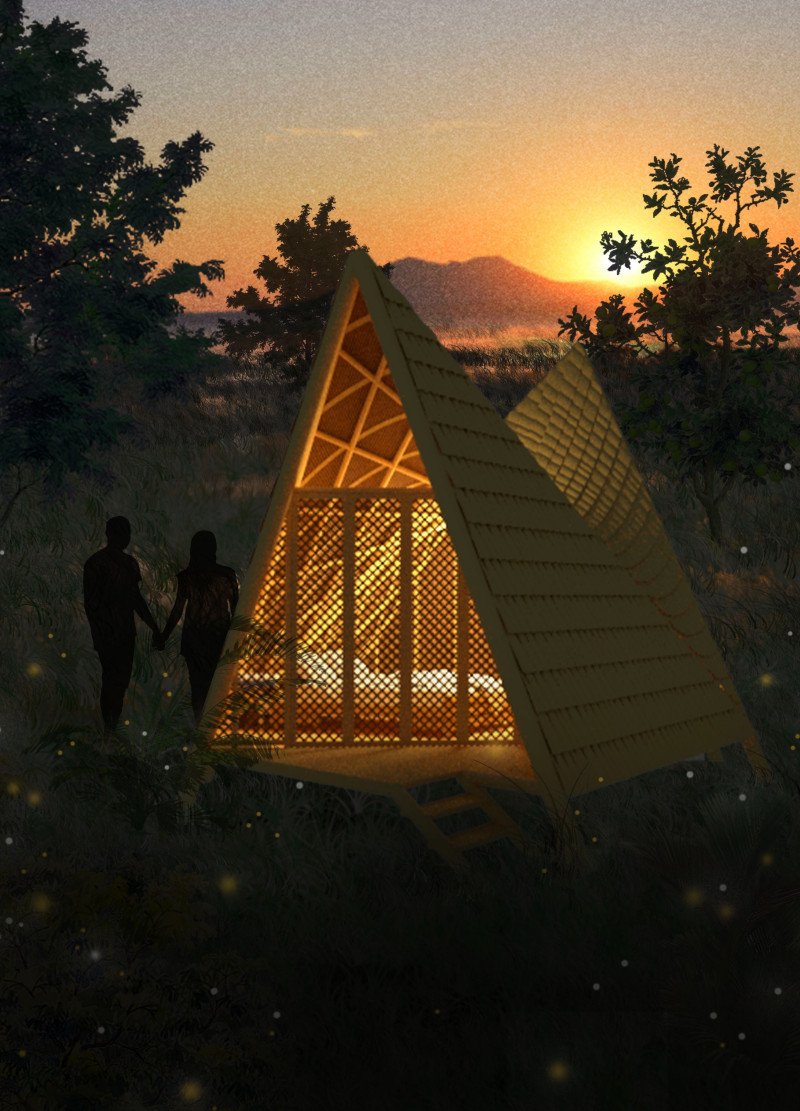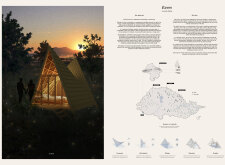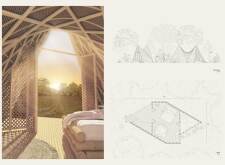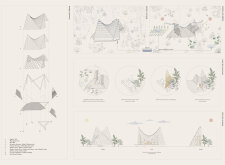5 key facts about this project
The project under analysis is an architectural design that emphasizes functionality, sustainability, and integration with its environment. Located in a context-sensitive area, the building serves as a multi-use facility, accommodating [insert specific functions such as residential units, commercial spaces, or community services]. The design represents a commitment to creating a harmonious relationship between the built environment and the natural surroundings, ensuring that the project is both practical and aesthetically cohesive.
The architectural design incorporates a variety of materials that enhance the structure’s durability while reflecting local characteristics. The use of reinforced concrete provides structural integrity, while low-emissivity glass maximizes natural light, contributing to energy efficiency. Sustainable timber adds warmth and texture, and the inclusion of fired clay brick connects the design with regional architectural traditions.
The layout features an open floor plan that promotes social interaction and flexibility in use. Key areas, such as shared community spaces, private residences, and commercial zones, are thoughtfully arranged to facilitate movement and connection among users. Natural landscaping surrounds the building, integrating native flora that supports biodiversity and minimizes environmental impact.
Innovative Design Strategies
One notable aspect of this project is its approach to sustainability. The design incorporates features such as rainwater harvesting systems and solar panels, which contribute to its energy efficiency and environmental resilience. These systems not only reduce the building's ecological footprint but also serve educational purposes, raising awareness about environmental stewardship among occupants.
The relationship between interior and exterior spaces is accentuated through the implementation of large overhangs and extensive glazing. These design elements blur the lines between inside and outside, promoting a seamless coexistence with the natural environment. The careful incorporation of outdoor living spaces further enhances the appeal of the project, encouraging residents and visitors to engage with nature.
Spatial Organization and Functionality
The spatial organization within the building is strategically aligned with the project's functional goals. Public spaces are centrally located, ensuring easy access while maintaining privacy for more intimate areas. The design allows for adaptability, with spaces that can be repurposed as community needs evolve. Additionally, the architectural solutions employed address aspects such as acoustics and light modulation, enhancing user comfort.
Attention to detail is evident throughout the project. Custom furnishings align with the overall aesthetic and functional requirements, while the careful selection of finishes fosters a cohesive environment. The interplay between light and shadow, created through architectural elements such as screens or perforated facades, adds depth and interest to the spaces.
For further exploration of the project’s architectural plans, sections, and design elements, readers are encouraged to review the detailed project presentation. Insight into the architectural ideas that underpin this design will provide a deeper understanding of its unique contributions to both architecture and community development.























































